A group called Oceanix has come up with a plan to create the world’s first floating city. In early April their plan was discussed at the United Nations (UN).
A floating city may sound crazy, but as the effects of climate change become more clear and more real, people are thinking seriously about even unusual ideas. By 2030, sea levels are expected to rise by 7 inches (17.5 centimeters) along the coasts, where 40% of the world’s people live.
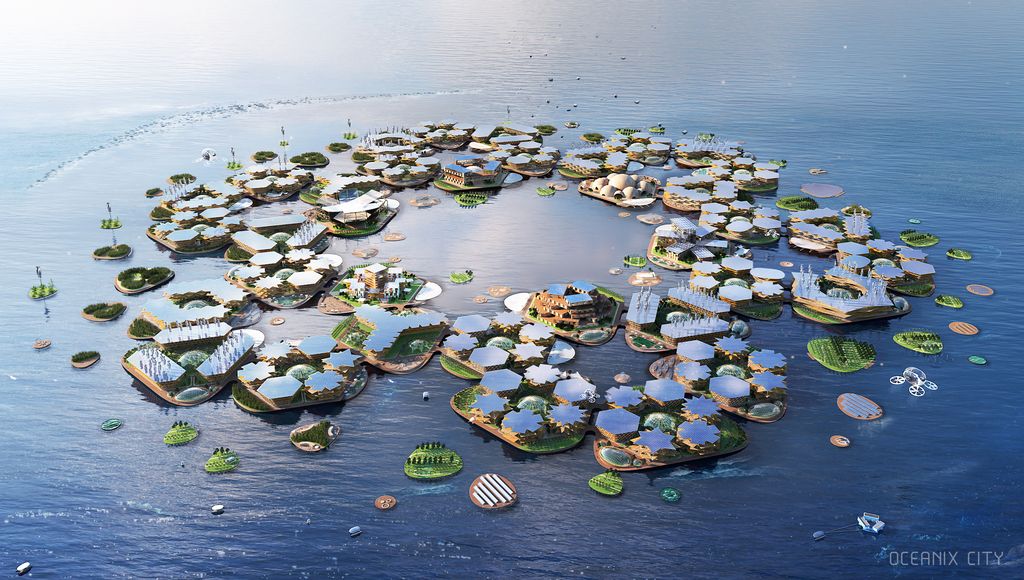
(Source: OCEANIX/BIG-Bjarke Ingels Group.)
Oceanix was started by Marc Collins Chen, who used to work for the government of French Polynesia. Mr. Collins Chen was shocked to learn that up to one-third of the island nation’s 118 islands could soon be covered by rising seas. He decided that building floating cities on the ocean was one possible solution.
Oceanix came up with a way to build floating cities that can easily grow as more space is needed. The building blocks of the cities are six-sided floating islands roughly the size of three football fields (4.5 acres).
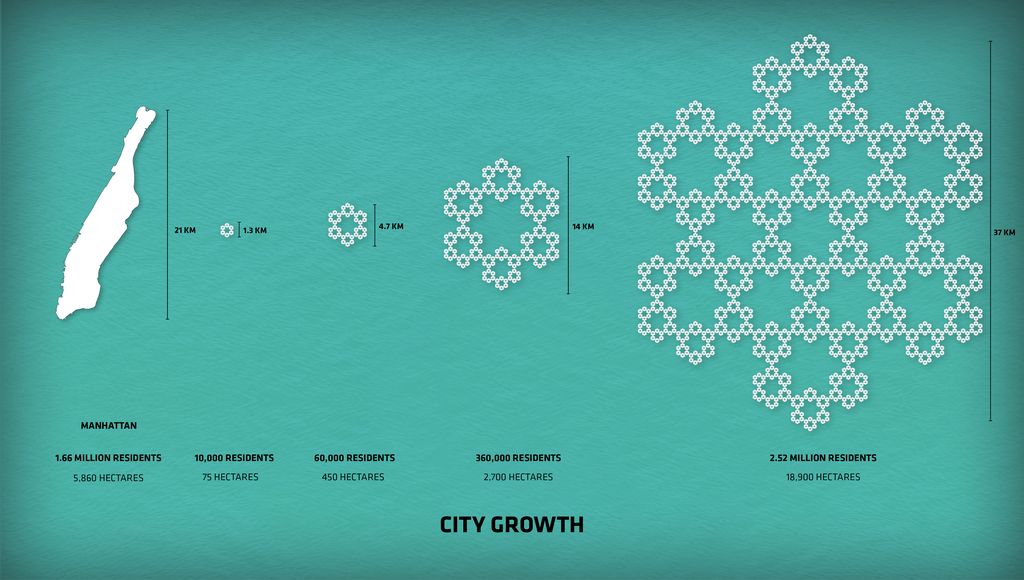
(Source: OCEANIX/BIG-Bjarke Ingels Group.)
Six islands could join together in a circle around an area of open ocean. This six-island “village” could hold about 1,800 people. Oceanix says six villages could be combined to make a small city of 10,800 people. More islands and villages could be added as needed.
Oceanix believes these cities could support themselves. To do this, Oceanix will need to solve many big problems, such as water, food, energy, and garbage.
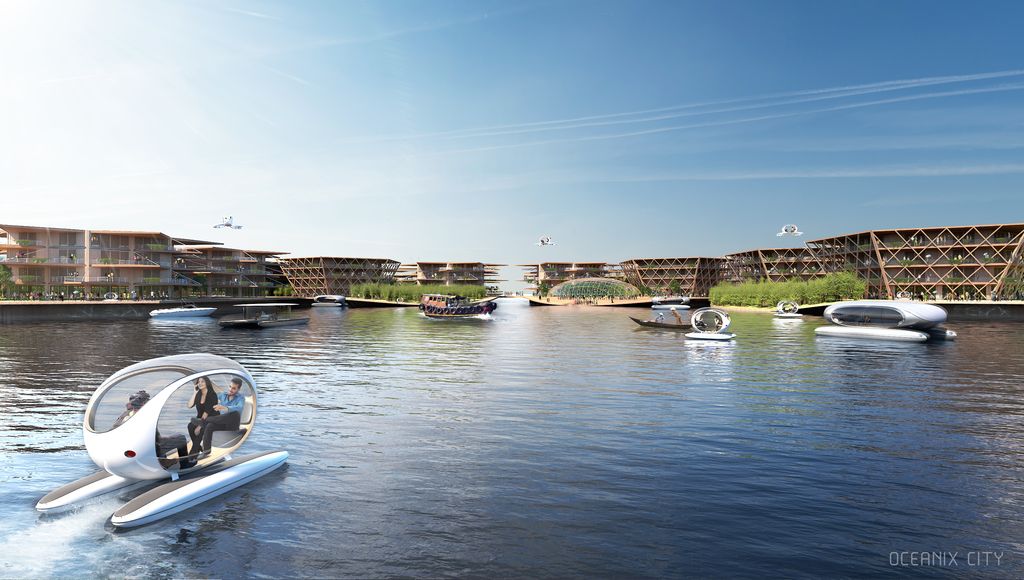
(Source: OCEANIX/BIG-Bjarke Ingels Group.)
The company says the cities would be built in warm places. This will make growing food easier, and allow people to live and work outside for much of the year.
The cities will collect all the rain that falls on the islands. They will also collect water from the ocean and the air. The water is important, since the islands will need to grow their own food. Oceanix will grow food in special ways, such as growing plants in water, air, or the ocean below. Some islands may be used just for farming.
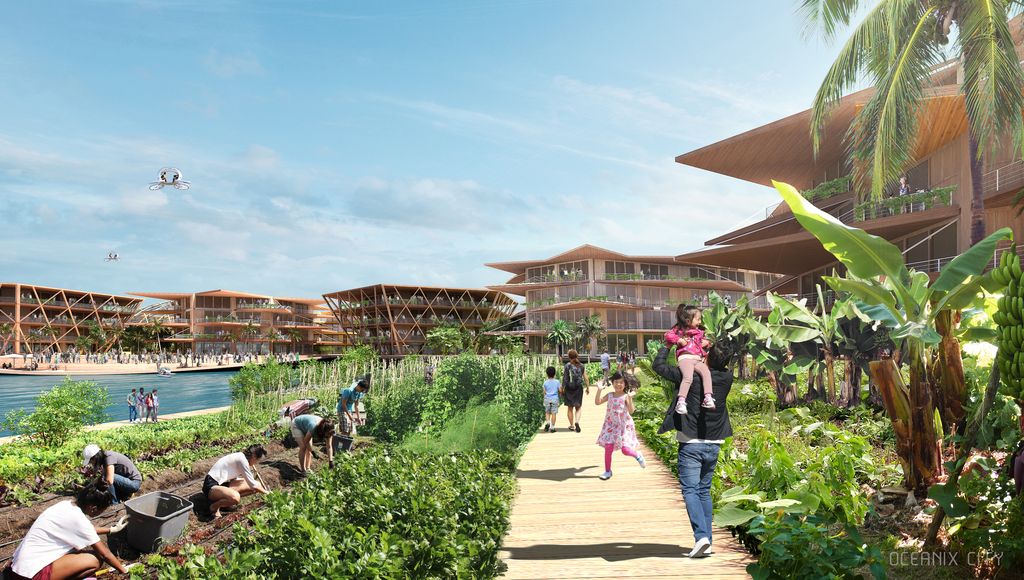
(Source: OCEANIX/BIG-Bjarke Ingels Group.)
The cities will need to carefully treat garbage and other waste materials to get back water and create more soil for farming. Permanent items, like furniture or tools, will need to be completely recyclable. That way, things that can’t be used anymore can be turned into other useful items.
Oceanix believes they can get enough energy to power the islands from the sun, the wind, and the movement of the ocean.
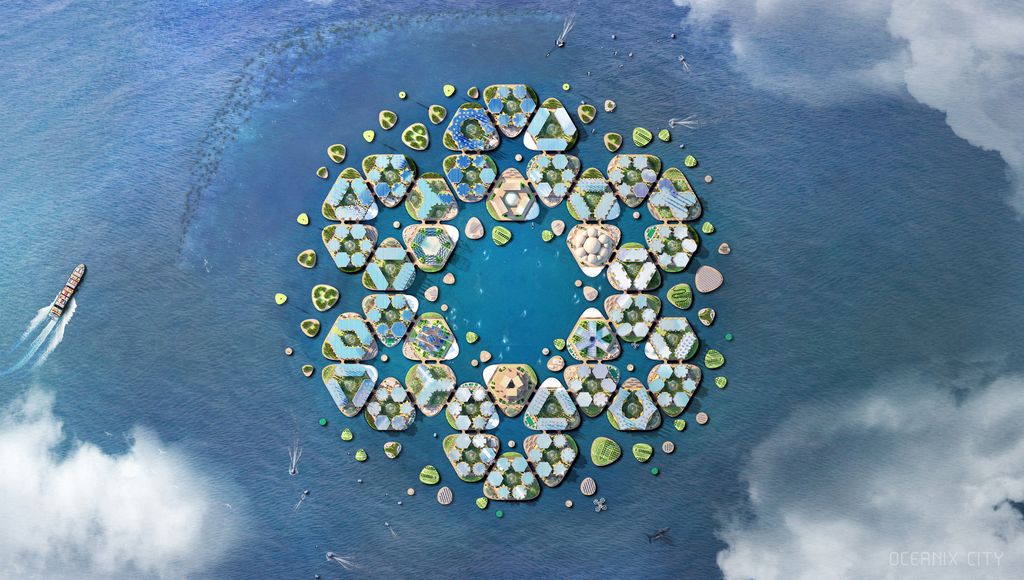
(Source: OCEANIX/BIG-Bjarke Ingels Group.)
Oceanix says the islands will be able to stand up to hurricanes. The islands will be attached to the seafloor with “Biorock”. Biorock uses electricity to quickly “grow” a stone out of minerals in the sea. It may sound like magic, but it’s already being used to help start new coral reefs.
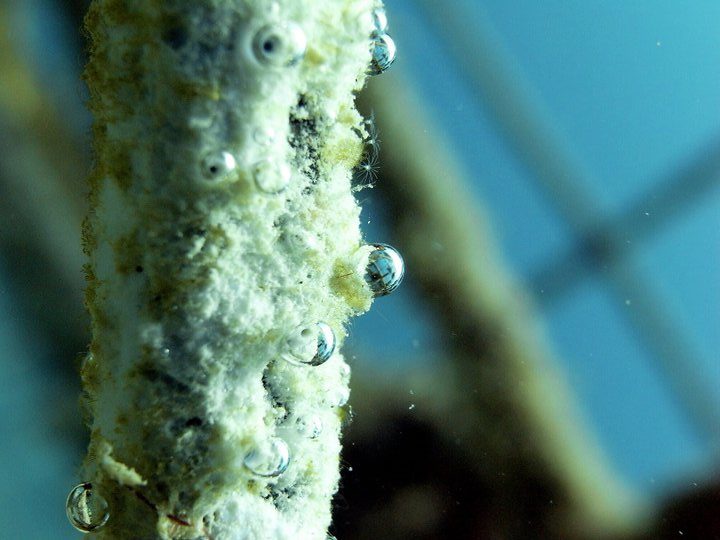
(Source: Marionpinta [CC BY-SA 3.0], via Wikimedia Commons.)
Oceanix is trying to do many new things at once, and it is likely to have many failures. But if it can solve some of these problems, the discoveries could help others learn how to live in a more self-supporting way.
Note: This article has been updated to correct the number of people Oceanix’s floating islands are expected to support.
